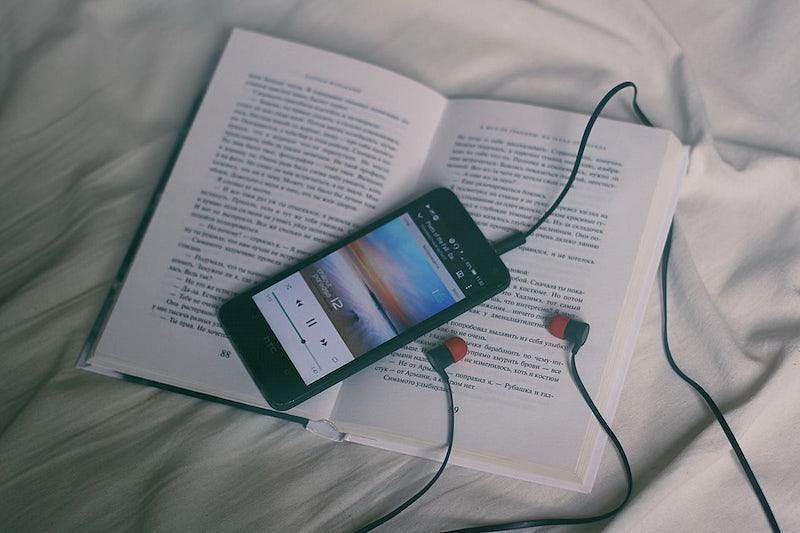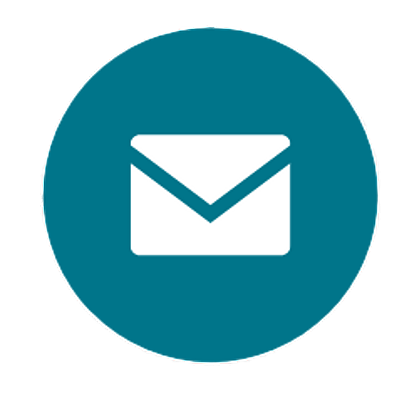Looking for all Articles by Marianne Doherty?
Reading with dyslexia

Hello! I’m Marianne, and, amongst other things, I’m dyslexic and I’m passionate about reading and books. My reading journey hasn’t always been a smooth one and, in this article, I want to share some of things that have helped me find ways to enjoy reading and develop a love of books.
Comic book creator Mark Bradley describes the written word as ‘our attempt at drawing sounds’. As a visual thinker, I’ve found this thought useful in helping me understand that, whilst the written word might not always be the easiest way for my brain to consume information, it doesn’t stop me from enjoying books and stories.
My brain is just one version of a dyslexic brain, and whilst I hope that my experience and strategies might resonate, and be helpful for others, it’s okay if they don’t. My main advice is this: keep searching for what works for you.
Take away the pressure
Nothing stalls my reading like the pressure that I MUST read. When I have to read something under pressure, my vision tunnels and the page transforms into a swarm of dancing pixies. It’s taken me a long time to learn to read on my own terms. I now try to choose books I think I will enjoy (rather than those I think I 'should' read). Crucially, I also give myself permission to set aside a book that’s not working for me at that moment – knowing that, if I want to, I always have the option to revisit it at a later date.
Listening is reading
I’ve heard some people say that listening to audiobooks 'isn’t quite the same' as reading a physical book. But all of us, today and throughout history, have been listening to stories far longer than we’ve been able to read or write. Indeed, Scholastic's Kids & Family Reading Report(this link will open in a new window) shows that children whose parents read to them for the longest show the greatest academic and wider success.
Some find it tricky to work out 'how' to listen to audiobooks. This is often compounded by pressure to be busy whilst listening – whether driving, cooking or doing housework. But no one would expect you to run the vacuum round with a copy of War and Peace in your hands, and the same is true for audiobooks. It’s okay to give yourself permission to just sit and listen. Equally, however, some may find it easier to engage with audiobooks if their hands or bodies are busy whilst they listen. It's okay to experiment until you find what works best for you.
As my brain works best with a visual stimulus, my preference is to work on some embroidery, colouring or a jigsaw whilst I listen, and I love looking back on something I’ve created, remembering the story I was immersed in while I worked on it.
Try different layouts and formats
.jpg)
I find the layout of a book can massively impact how easy I find it to read. Books with short chapters are a godsend and I often find myself sucked into 'just one more chapter' rather than giving up midway with books where there are pages and pages till the next break.
Similarly, a more readable font or more visual layout can make all the difference. The visual layouts of many non-fiction books allow me to consume information in small chunks without it feeling onerous or losing my place. I’ve found similar success reading books set out as letters or diary entries, or sometimes narrative verse and poetry.
Discovering comics and graphic novels has also been a game-changer for me. When I look back on my youth, it now makes perfect sense that my visually inclined brain enjoyed pouring over The Broons and Calvin and Hobbes more so than reading 'traditional' novels. We are so fortunate that there is now a burgeoning graphic novel market for children and adults, covering every genre of interest, well beyond the superhero stereotype.
Equally, I’ve learned not to be afraid of a chunky novel. I find I’m just as likely to get stuck on a 'dyslexia friendly' book as I am on a 500-page novel. More words does not always equate to a more difficult read. Sometimes I’m just swept along by the story and rather than struggling through the words on a page; I see only what’s in my mind’s eye. I may not be reading every word or paragraph, but the story comes alive for me beyond the page.
All reading is good reading
I’ve grown to love books and stories, but they are by no means the only way to read. Newspapers, magazines, match reports and even social media are all forms of reading. Finding what interests you, makes you excited, or gets your brain whirring is the best feeling. What’s important for me is to keep finding out more about the world, other people, and myself, in whatever format I’m able to do that. As an adult, I also love reading children’s books, and do often find them more accessible for me than grown-up books. As the author S.F. Said says: ‘If you don’t read children’s books as an adult, you miss out on so much.’
We are lucky to live in a golden age of children’s books across all genres and formats. If you are an adult who hasn’t found the perfect book for you, try browsing the shelves of the children’s section as an alternative.
Enjoy stories of all kinds
The written word isn’t always the best format for a dyslexic brain. But stories and information can be consumed in so many ways. Films, plays, poetry recitals, and music can all bring us the joy and wonder that books and reading can. When a reading block hits, or it just feels too hard, embrace the many other forms of artistic endeavour that help us to feel and be and live. It all counts.
A super-readable reading list for children (and adults)
Here's a list of some of the books that I've found readable in a variety of formats. You can search for more super-readable and dyslexia-friendly titles for children and teens on our Bookzilla book finder app.
